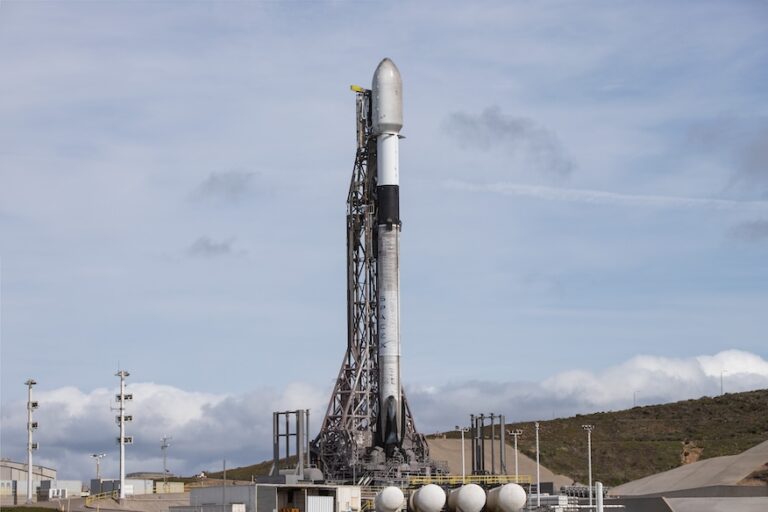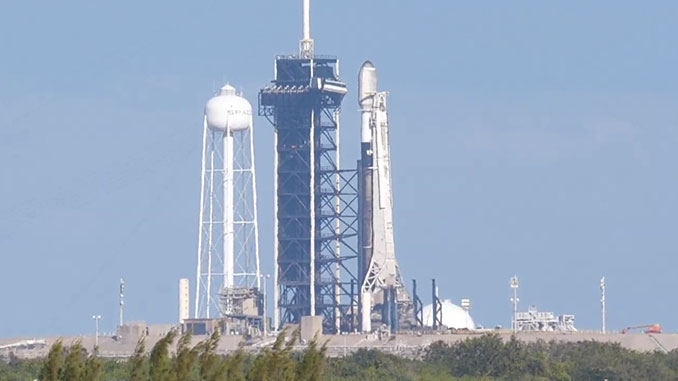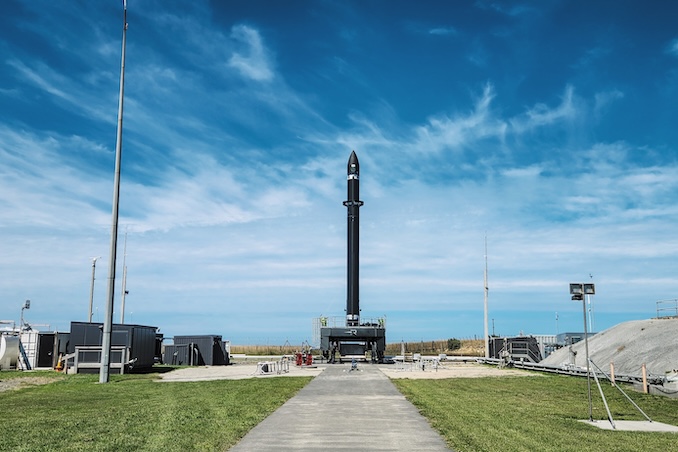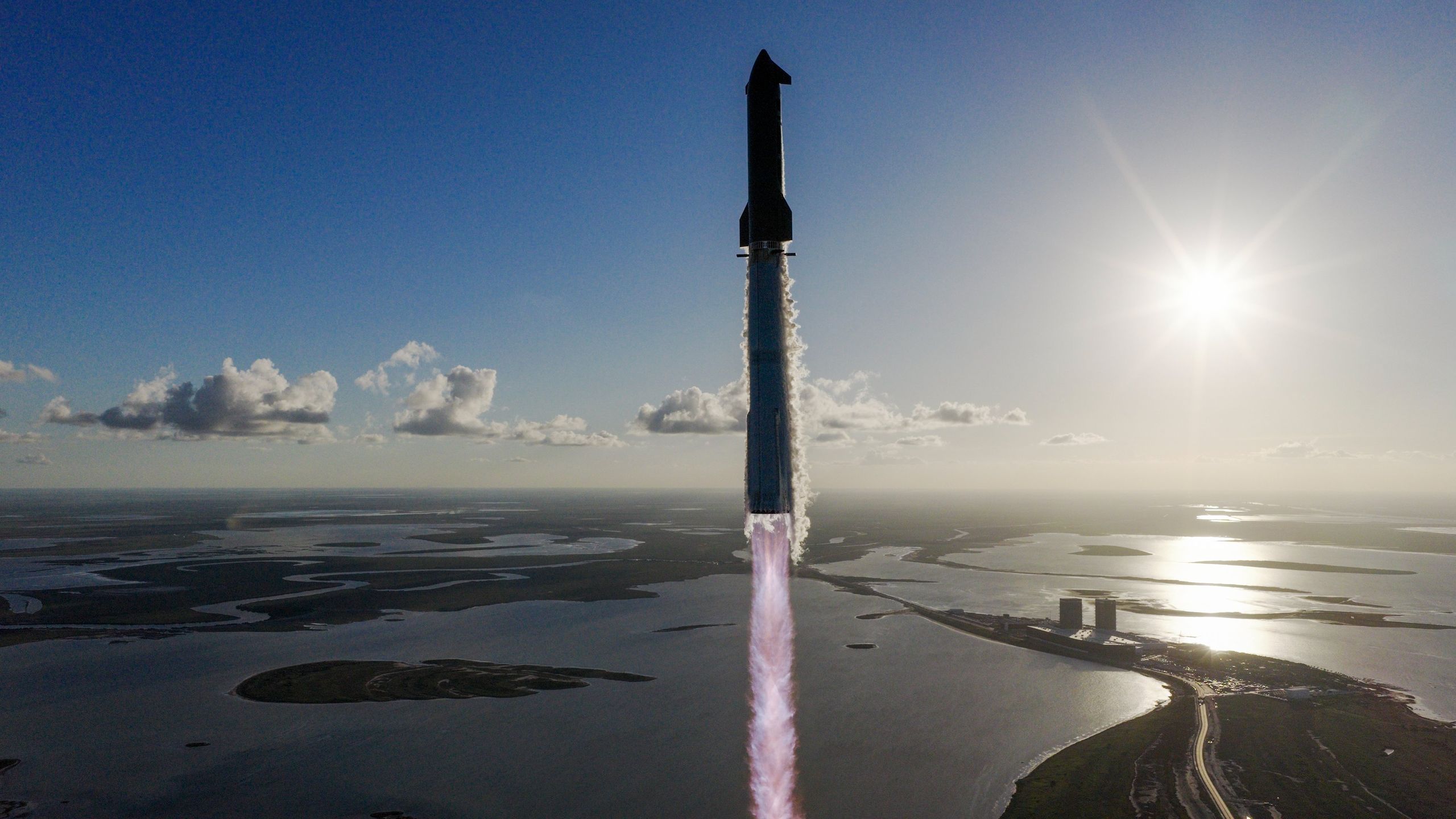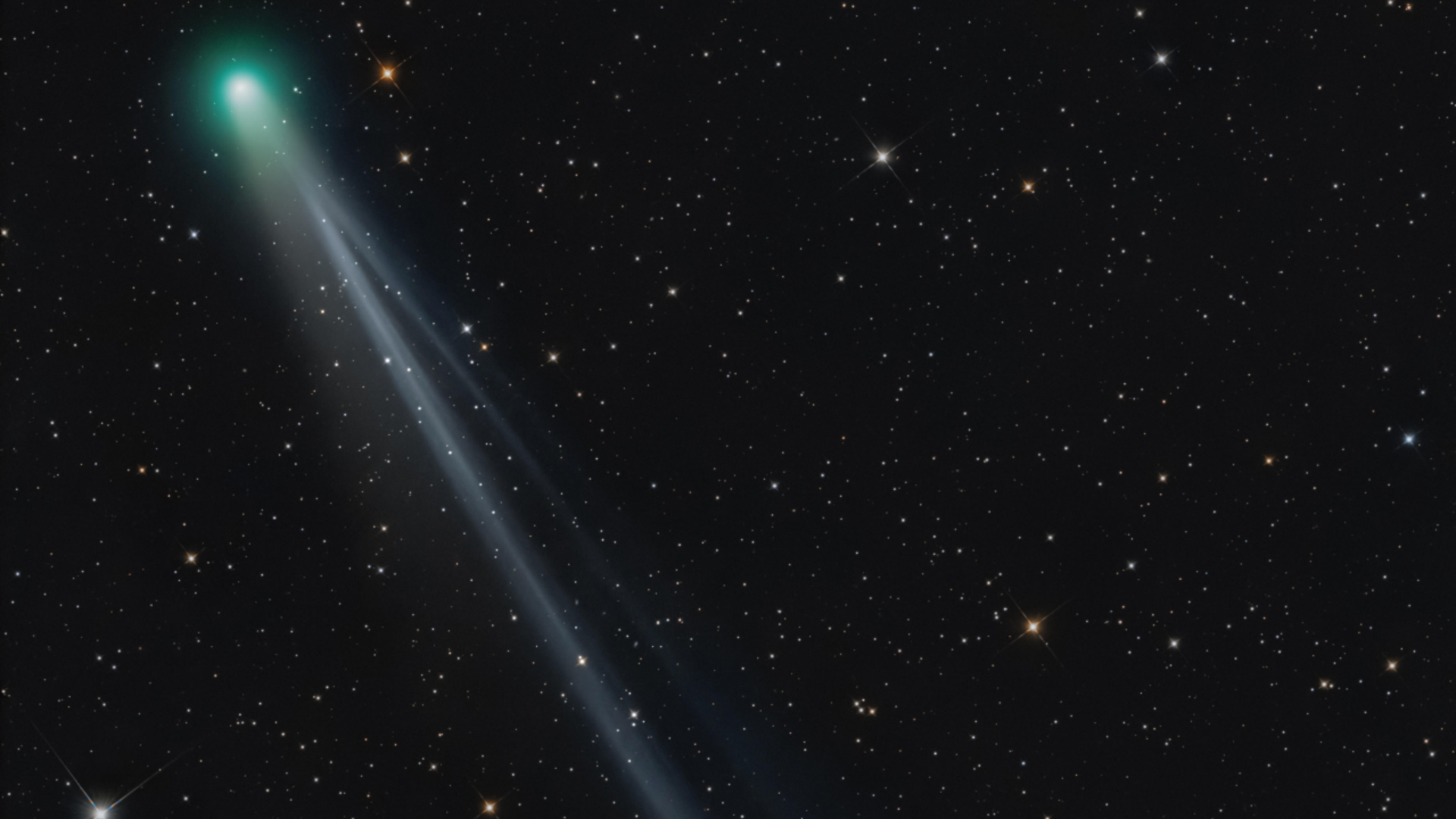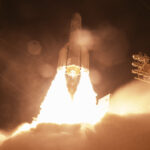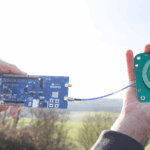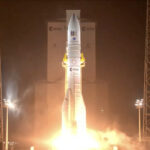Now Reading: Rocket Lab launches 7th StriX Earth observation satellites for Japan-based Synspective
-
01
Rocket Lab launches 7th StriX Earth observation satellites for Japan-based Synspective
Rocket Lab launches 7th StriX Earth observation satellites for Japan-based Synspective
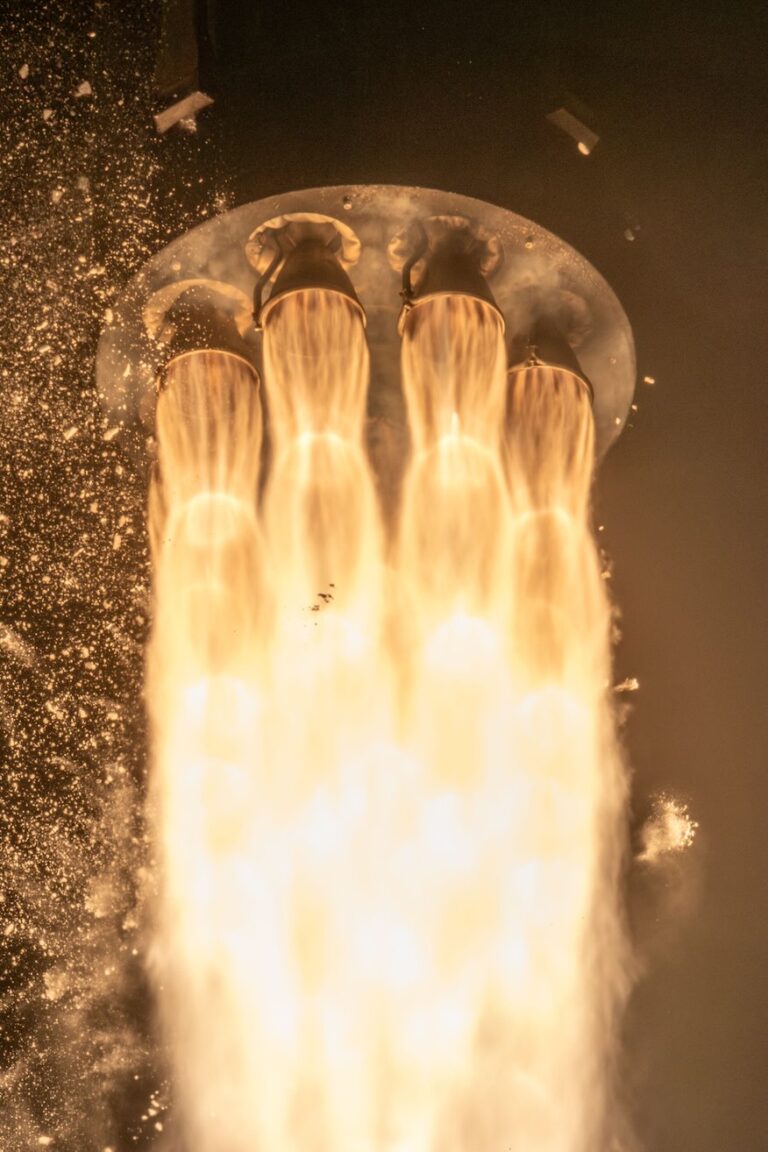
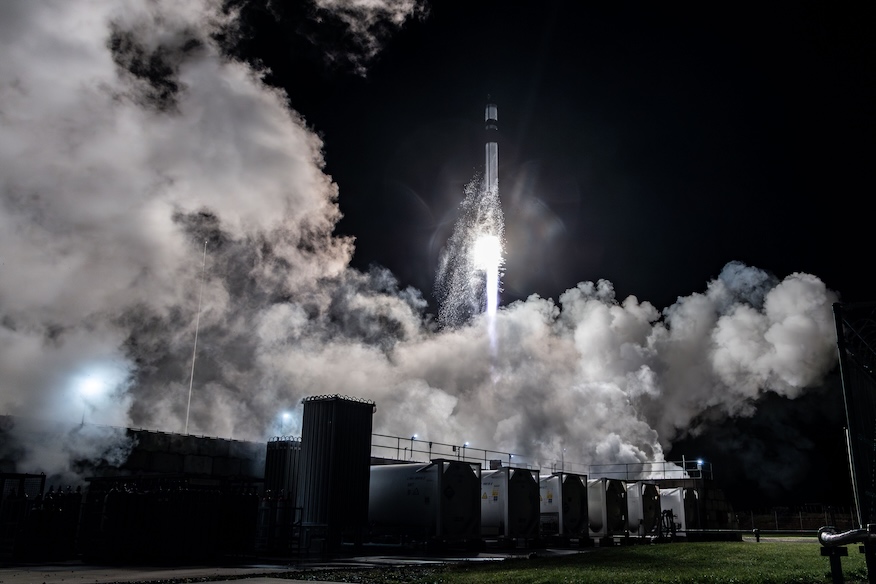
Japan-based Earth observation company, Synspective, launched its seventh StriX satellite into low Earth orbit, part of a multi-launch deal with Rocket Lab.
On Wednesday morning in Mahia, New Zealand (Tuesday afternoon on the East Coast of the U.S.), a Rocket Lab Electron rocket took flight from Pad A at Launch Complex 1 to begin a roughly 50-minute-long mission. Launch teams confirmed a nominal deployment of the satellite into a 583 km circular orbit.
The mission, dubbed ‘Owl New World’, continued the avian theming to Synspective’s missions with Rocket Lab. That theme was chosen because this constellation consists of synthetic aperture radar (SAR) satellites, designed to image the Earth regardless of weather or lighting conditions.
MISSION SUCCESS and payload deployment confirmed for the Seventh StriX. Welcome back to orbit, @synspective! pic.twitter.com/B3IQbMrADp
— Rocket Lab (@RocketLab) October 14, 2025
“Welcome again to orbit, Synspective. That’s mission successful for Electron’s 73rd mission and 15th launch this year,” said Murielle Baker, director of Corporate and Launch Communications for Rocket Lab, during the broadcast. “And don’t worry, we’ve got plenty more ‘owls’ to fly for Synspective, with today’s mission being the first of 21 upcoming launches to deliver Synspective’s constellation to space before the end of the decade.”
Rocket Lab launched six previous missions for Synspective, with the first being ‘The Owl’s Night Begins’ back on Dec. 15, 2020. The two companies agree to a 10-launch deal on June 18, 2024, and then a subsequent 10-launch deal in late September.
“I would like to express my sincere gratitude to the team at Rocket Lab for safely and successfully carrying out this mission, as well as to all the members of Synspective who made this achievement possible,” said Motoyuki Arai, the founder and CEO of Synspective in a statement.
“Moving forward, we will continue to leverage our satellite and data analytics technologies to address global challenges, such as security, disaster management, and environmental sustainability, thereby contributing to the creation of a more resilient and sustainable future.”
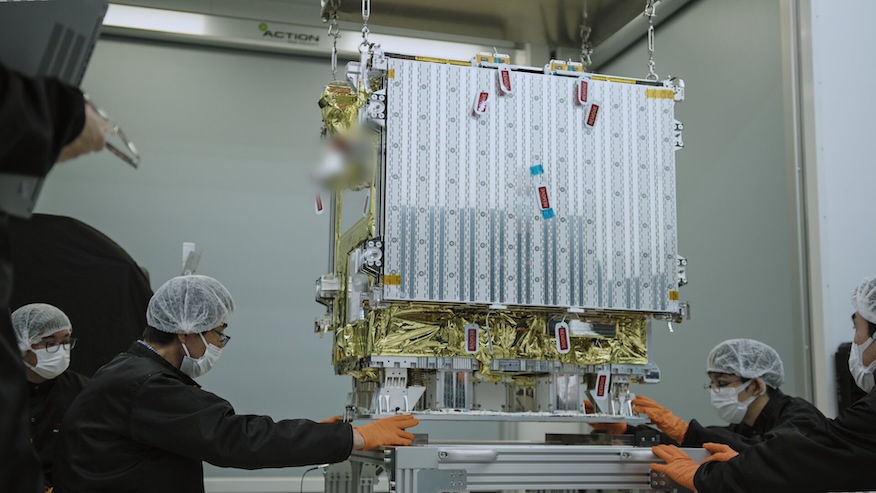
Synspective is establishing its 30-satellite LEO constellation primarily through Rocket Lab Electron launches, but also booked three flights with SpaceX on its Falcon 9 rockets. Those StriX satellites will fly as part of SpaceX’s Transporter rideshare program.
In July, the company also made a deal with Exolaunch to handle launch mission management for ten of its SAR satellites. The first of those missions will launch in 2027.
“Synspective is advancing one of the most sophisticated commercial SAR constellations in the world, and we’re honored to support their launch program and foster our collaboration with launching 10 more satellites,” said Jeanne Allarie, Chief Commercial and Marketing Officer at Exolaunch. “Our unparalleled access to global launch opportunities and hands-on launch experience ensures the utmost flexibility for a rapid constellation deployment of StriX satellites within the next few years.”
Synspective’s LEO constellation is designed for both commercial use as well as for government applications. Back in August, it received the inaugural Ministry of Defense Prize as part of the Nippon Startup Awards. The company said that the award is designed to “honors companies with significant potential to contribute to the defense sector and technological advancement.”
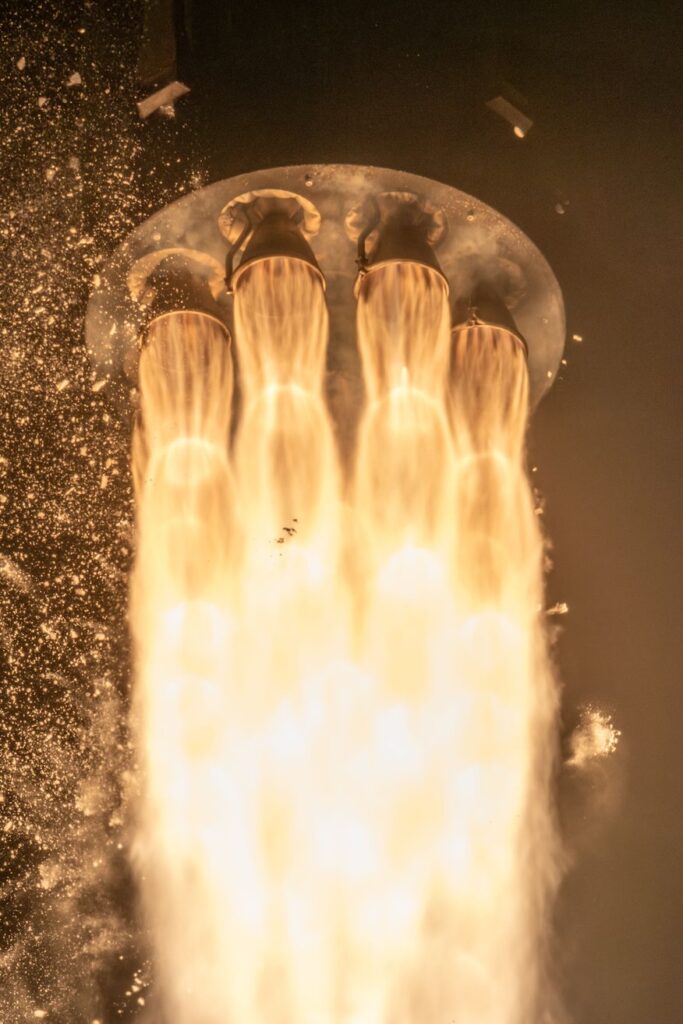
Stay Informed With the Latest & Most Important News
Previous Post
Next Post
-
 012024 in Review: Highlights from NASA in Silicon Valley
012024 in Review: Highlights from NASA in Silicon Valley -
 02Panasonic Leica Summilux DG 15mm f/1.7 ASPH review
02Panasonic Leica Summilux DG 15mm f/1.7 ASPH review -
 03From Polymerization-Enabled Folding and Assembly to Chemical Evolution: Key Processes for Emergence of Functional Polymers in the Origin of Life
03From Polymerization-Enabled Folding and Assembly to Chemical Evolution: Key Processes for Emergence of Functional Polymers in the Origin of Life -
 04How New NASA, India Earth Satellite NISAR Will See Earth
04How New NASA, India Earth Satellite NISAR Will See Earth -
 05And Thus Begins A New Year For Life On Earth
05And Thus Begins A New Year For Life On Earth -
 06Astronomy Activation Ambassadors: A New Era
06Astronomy Activation Ambassadors: A New Era -
07SpaceX launch surge helps set new global launch record in 2024












